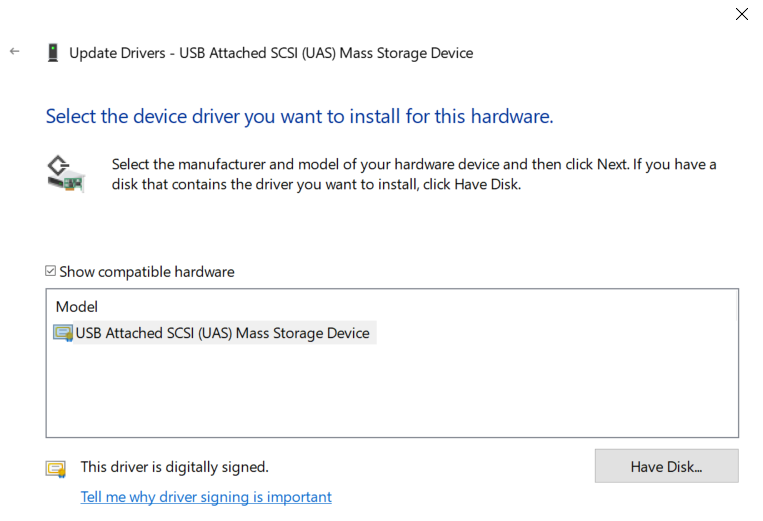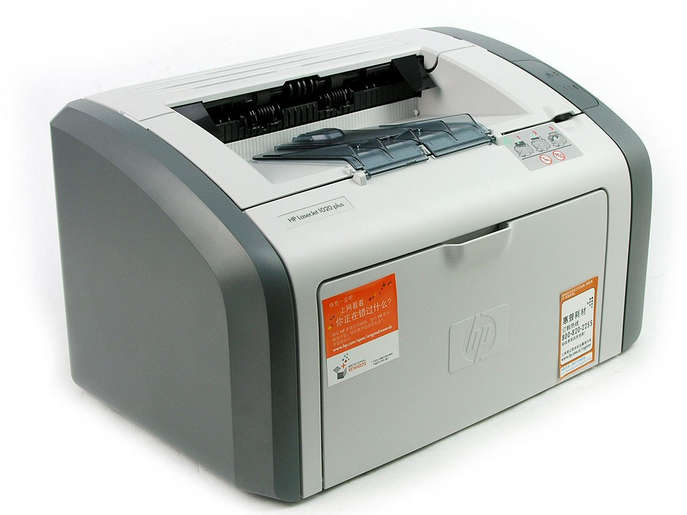The new SCSI: better, faster, smaller. RELATED STORIES. Zetera’s IP-based storage scheme makes accessing stored data as easy as pulling down a Web page, making it both faster and more. Zetera CEO's experience. Andrey Zupko, CEO Zetera LLC. Andrey has helped many startups and big enterprises to build great development teams. However, one of its main targets is iSCSI (Internet SCSI) as Zetera claims that Z-SAN is a more cost-effective alternative for building an IP SAN. At this price point, iSCSI can’t hope to compete.
- Zetera Scsi & Raid Devices Driver Download For Windows 10
- Zetera Scsi & Raid Devices Driver Download For Windows Xp
- Zetera SCSI & RAID Devices Driver Download For Windows
NAS vs. SAN
The traditional network attached storage (NAS) box is essentially its own little server. Inside a typical NAS you’ll find a storage processor, memory, network controller, hard drives, and power supply. NAS is a file-level system that requires an operating system (usually Linux-based) to provide functionality like file sharing, management, and RAID (some NAS solutions employ hardware RAID controllers, but they ultimately depend on an overlaying operating system to do their job).
SAN, or storage area networking, is a block-level network storage architecture that exhibits superior scalability and performance but isn’t as sharing-friendly as NAS. It’s also more complex and costly to deploy. Zetera’s Z-SAN technology promises to marry SAN expandability and speed with NAS file sharing capability at a price within reach for home users and small businesses. The offspring of Zetera’s efforts in cooperation with Hammer Storage, a division of Bell Microproducts, is the Hammer Z-box.
How does it work?
[Note: The following paragraph was modified from the original, based on changed information from Zetera.]
Like the enterprise-level storage fabric Fibre Channel, Z-SAN uses “initiator-target” reads and writes. However, its proprietary storage networking protocol uses UDP in place of the standards defined by Fibre Channel and iSCSI. Packet-guaranteeing is handled at the application level, as each transfer requires an ACK response. If a response isn’t received, the error is reported by the file system. Z-SAN file system commands are routed through a driver installed on the client’s operating system to a network adapter, which translates those messages into commands the disks can understand. In Windows, Z-SAN uses the SCSI miniport driver. As a result, logical drives mapped to your Z-box will appear as local disks.
Zetera Scsi & Raid Devices Driver Download For Windows 10

If you’re unencumbered by the conflicting driver issue, here’s where Z-SAN’s flexibility and scalability starts looking a lot better than NAS. In a NAS, you usually have the choice combining your disks in a RAID 0, 1, 5, 10, or JBOD configuration. Among your array (or arrays) you can designate shares, or folders, of varying sizes with different access permissions. But you’re ultimately limited to the RAID type you’ve committed to with the physical disks. To expand capacity, you’ll have to swap out the drives for bigger ones or add another NAS to the collection. If you go with the latter, there’s no convenient way to mesh the capacity and capabilities of the new NAS with the old one.

Not so with the Z-box. With Z-SAN technology, physical disks are disaggregated into logical partitions, each assigned its own IP address. You can create a virtually limitless combination of volumes and arrays with these partitions using striping, spanning, or mirroring. It doesn’t matter where the IP partitions are physically located—in the same Z-box, across multiple boxes, across town—they’re all combinable over IP. Furthermore, logical volumes can be as large as 128 petabytes—much bigger than most operating systems support.

Zetera Scsi & Raid Devices Driver Download For Windows Xp
Z-SAN doesn’t require any extra host bus adapters or RAID controllers, lowering complexity and cost. But this also means that storage processing duties like parity calculation and interrupt management that might’ve been offloaded to a hardware component needs to be handled in the driver using the initiator’s (client PC’s) resources. For this reason, you’re likely to experience higher CPU utilization with Z-SAN transactions than with NAS.


Zetera File System and NTFS
NAS file sharing is supported by protocols such as NFS and CIFS. In a conventional SAN environment, each volume is typically assigned to a single client at a time. Because there is no mechanism in place to manage multiple clients accessing the same data like NAS, a special protocol is required: the Zetera File System (Z-FS). Z-FS is a “multi-initiator” file system based on technology from DataPlow that supervises locks on data between clients without sacrificing performance. It also provides services like journaling and automatic defragmentation. Alternatively, logical volumes can be formatted using NTFS but without sharing capability. While you’re limited to a single user, read and write performance under NTFS is faster than Z-FS. Continued…
Zetera SCSI & RAID Devices Driver Download For Windows
- 2 of 6